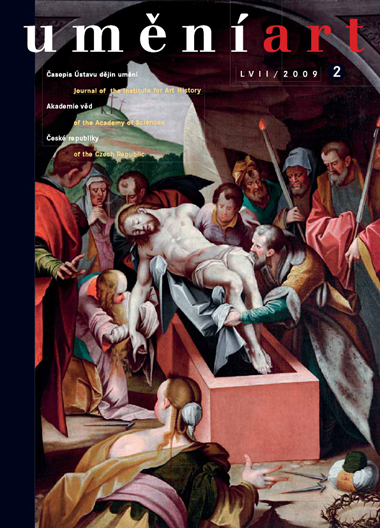Michal Šroněk
The Veil of the Virgin Mary. Relics in the Conflict Between Roman Catholics and Utraquists in Bohemia in the 14th and 15th Centuries
The veils of the Virgin Mary are among the most venerated relics in the treasure of St Vitus Cathedral in Prague. The first, bloodied veil (peplum cruentatum) has been kept in Prague since the first half of the 14th century. The second, unblemished, white veil was acquired by Charles IV in 1354 in Trier. Pilgrims were shown both veils in displays of relics held in Prague at the Cattle Market (Charles Square) and in the cathedral. The fame of the bloodied veil was enhanced by mystical literature, in particular a work entitled Dialogus beatae Mariae et Anselmi de passione Domini, attributed to St Anselm. As a result, the motif of Mary's bloodied veil entered the realm of Bohemian visual art as a component of depictions of the Crucifixion. Given that the relic of Mary's bloodied veil was so greatly revered and that it was an element of visual representations, it is not surprising that it was criticised by Church reformers in the pre-Hussite period. Matěj of Janov, John Huss, Jakoubek of Stříbro, Jerome of Prague and later Jan Rokycana spoke out against it. How was this polemic manifest in post-Hussite paintings of the Crucifixion? Crucifixion scenes that originated in the Catholic milieu in 15th century Bohemia drew on the pre-Hussite tradition and included the motif of the veil, unlike Utraquist Crucifixion scenes. One cannot, however, give a simple answer to the question of whether or not Mary's bloodied veil was a sign distinguishing Roman Catholic from Utraquist paintings of the Crucifixion. To begin with, the motif of the veil clearly aspired to this function. For Catholics, however, diminishing support for the cult meant that the motif of the veil played a more subtle role in the confessional polemic. For Utraquists, the need to distinguish themselves from the Catholics with clear symbols led to the creation of other, more widely comprehensible motifs, such as the image of the chalice or John Huss.
Full-text in the Digital Library of the Czech Academy of Sciences:
https://kramerius.lib.cas.cz/uuid/uuid:479b8241-0e33-0260-be53-5eae435f342a
< back

